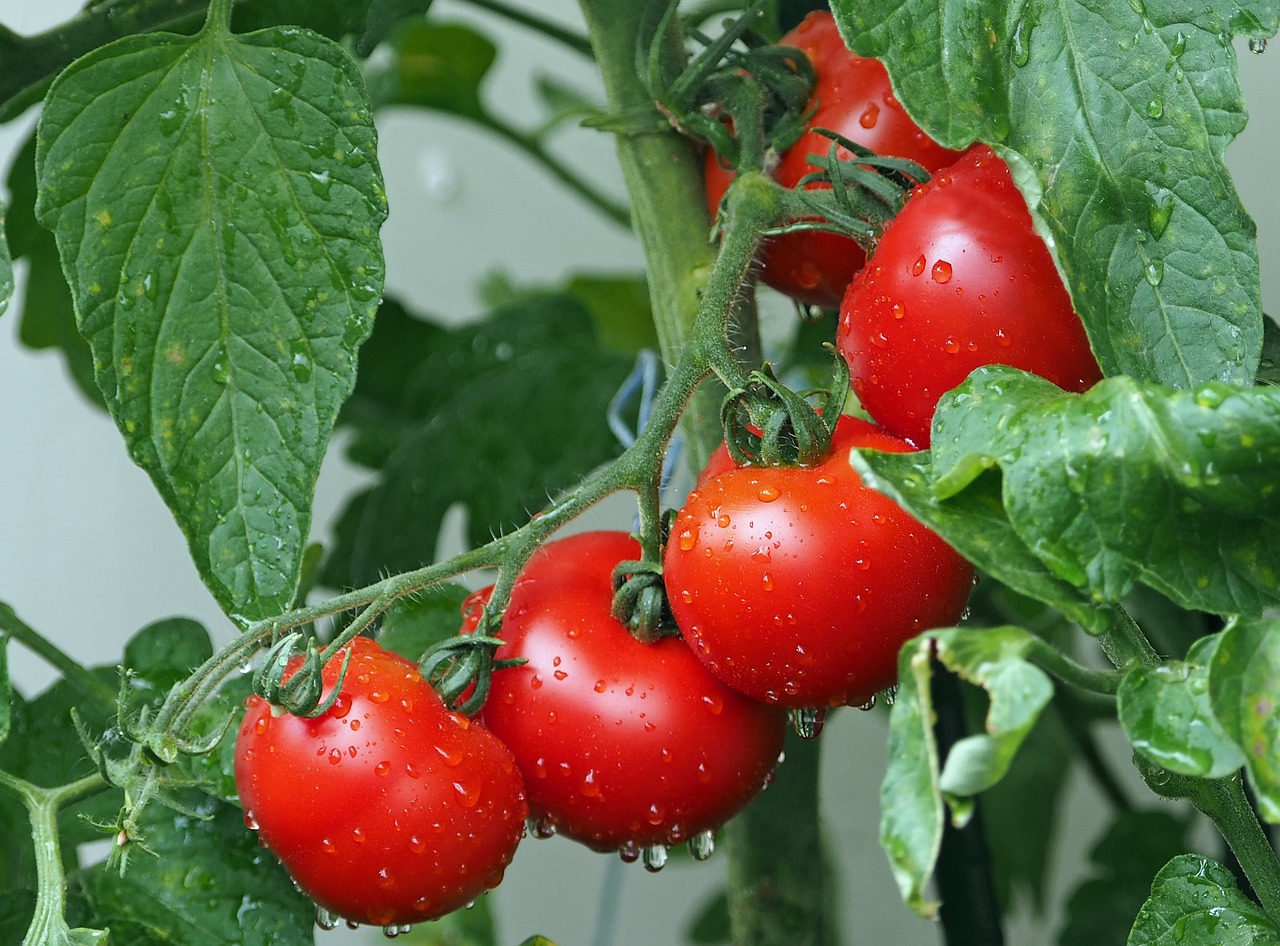Welcome to Daily Lifestyle, in which we prioritize your properly-being through informed selections and expert advice. Today, we delve right into a critical issue of fitness: kidney health. Your kidneys are crucial organs liable for filtering waste and maintaining fluid stability within the body. To make sure their most appropriate feature, it is vital to bear in mind of what you eat. In this article, "Nurturing Kidney Health: five Foods to Sidestep for Optimal Well-being," we're going to explore five nutritional culprits that could compromise kidney fitness and provide consumer-pleasant strategies for guidance clean of them. Let's embark in this journey in the direction of more healthy kidneys together. For extra insightful content material and lifestyle suggestions, go to us at [Daily Lifestyle]
Introduction:
Maintaining robust kidney health is pivotal for overall vitality. While factors like hydration and exercise are key, dietary choices wield considerable influence over kidney function. Certain foods can strain the kidneys, potentially leading to complications. Here, we explore five dietary offenders to avoid for optimal kidney health.
1. Processed Foods:
Packed with sodium, phosphorus additives, and other harmful compounds, processed foods pose a notable risk to kidney health. The excess sodium content can elevate blood pressure, taxing the kidneys' fluid regulation. Additionally, phosphorus additives may disrupt mineral balance, gradually impairing kidney function. Opting for fresh, whole foods is a wise move to sidestep these pitfalls.
2. Sugary Beverages:
Sodas, power beverages, and fruit juices are rife with added sugars, posing a extensive risk to kidney fitness. Excessive sugar consumption can make contributions to weight problems and diabetes, each destructive to renal characteristic. Prioritizing hydration with alternatives like water, herbal teas, or fruit-infused water helps kidney health.
3. Meat:
While a valuable protein supply, overindulgence in can strain the kidneys. Rich in protein and purines, meat metabolizes into uric acid, doubtlessly main to kidney stones and gout. Moderating meat intake and diversifying protein assets with chicken, fish, tofu, or legumes can sell kidney health.
4. Canned Foods:
High in sodium as a preservative, canned meals, together with soups, greens, and beans, can compromise kidney feature. Elevated sodium consumption elevates blood strain, burdening the kidneys. Opting for fresh or frozen alternatives or selecting low-sodium alternatives and rinsing canned vegetables and beans can mitigate sodium intake.
5. Oxalate-rich Foods:
Foods rich in oxalates, along with spinach, rhubarb, beets, nuts, and chocolate, can predispose individuals to kidney stone formation. While nutritious, moderation is prime, particularly for people with a records of kidney stones. Pairing oxalate-rich foods with calcium resources can assist bind oxalates inside the digestive tract, lowering their absorption into the bloodstream.
Conclusion:
kidney fitness requires mindful dietary choices and avoidance of dangerous meals. By steerage clean of processed meals, sugary drinks, immoderate meat, canned meals excessive in sodium, and oxalate-wealthy foods, people can bolster renal resilience and keep off kidney-related ailments. Coupled with hydration and guidance from healthcare professionals or registered dietitians, this dietary savvy promises enduring renal vitality. Prioritize your kidneys' well-being with prudent dietary selections—it's a small yet impactful investment in your overall health.












